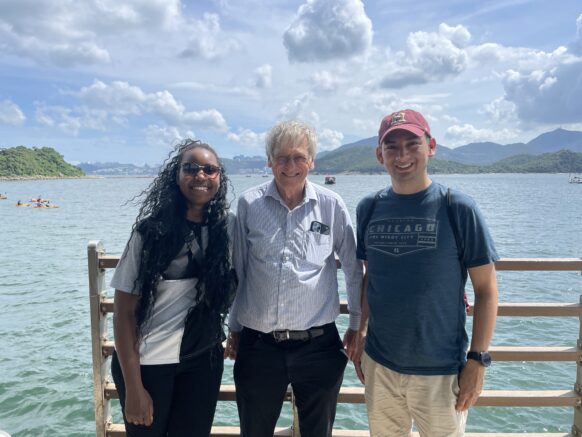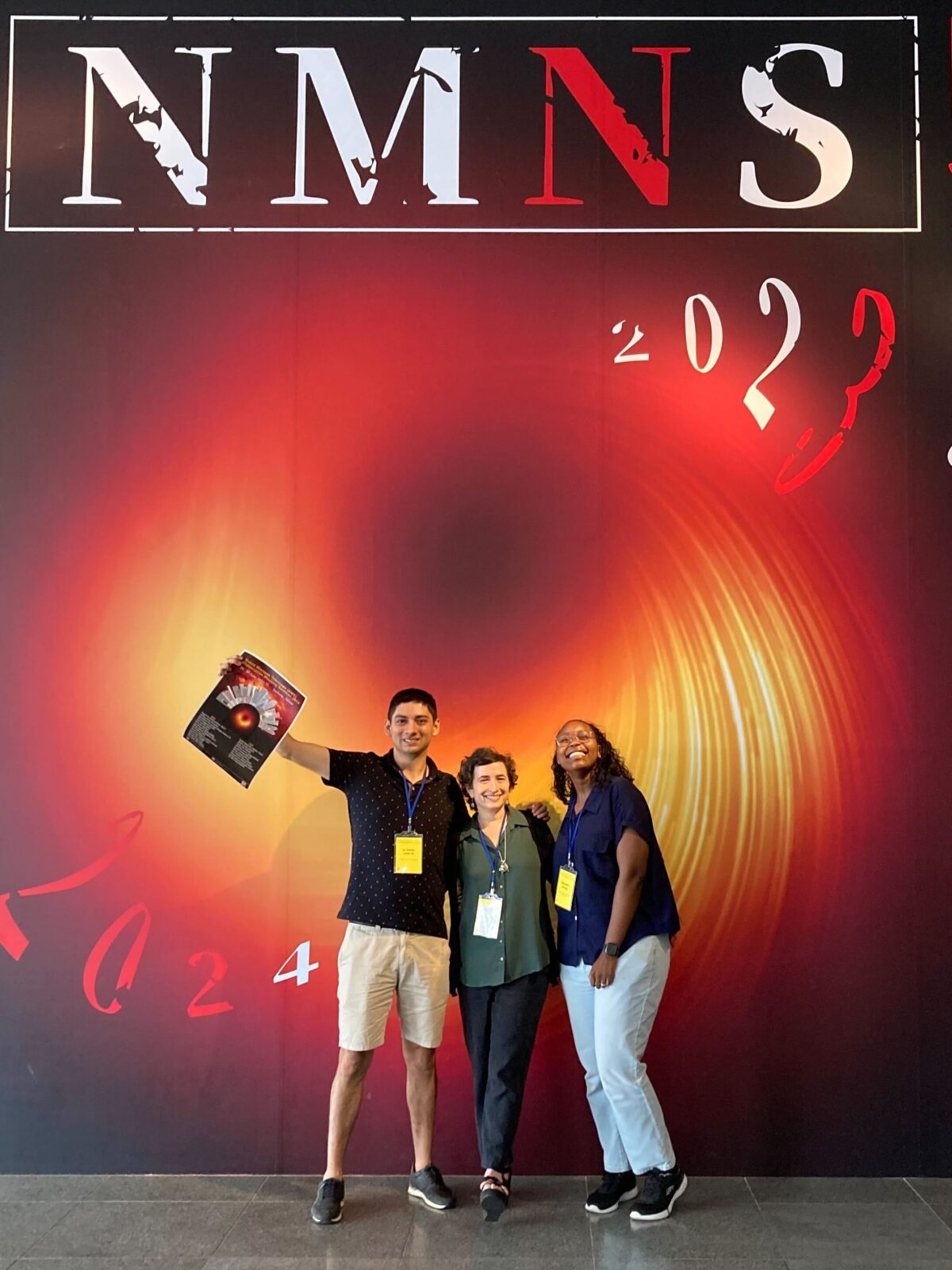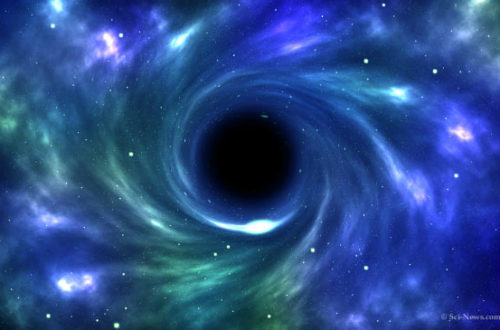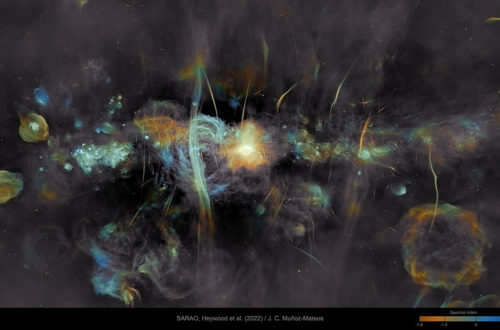The last three weeks have been exciting for three members of the Jetset group, namely Prof. Sera Markoff and her two students, León Sosapanta Salas and Wanga Mulaudzi. The three first travelled to Hong Kong to attend the ‘Astrophysical Black Holes: A Rapidly Moving Field‘, which was a meeting in honour of the 2020 Shaw Prize recipient, Prof. Roger Blandford. Prof. Roger Blandford is known for his theory, the Blandford-Znajek process, which states that relativistic jets extract their energies from rotating black holes. The meeting brought together experts from all over the world to share their findings on astrophysical black holes. León and Wanga also presented their PhD works during this meeting. León spoke about variability in our supermassive black hole (SMBH), Sgr A*, and Wanga spoke about multi-wavelength modelling of our neighbouring SMBH, M87*.

In addition to the meeting in Hong Kong, the three also travelled to attend the 2023 Event Horizon Telescope (EHT) Collaboration meeting in Taichung, Taipei. In this meeting, updates were given on the EHT science and technology, as well as future plans for the collaboration. León and Wanga also presented their works at this meeting. Science is definitely one of the most collaborative fields, which enables people from all over the world to travels to various destinations to update and collaborate with each other. We are in very exciting times with a lot of groundbreaking work on SMBHs!




